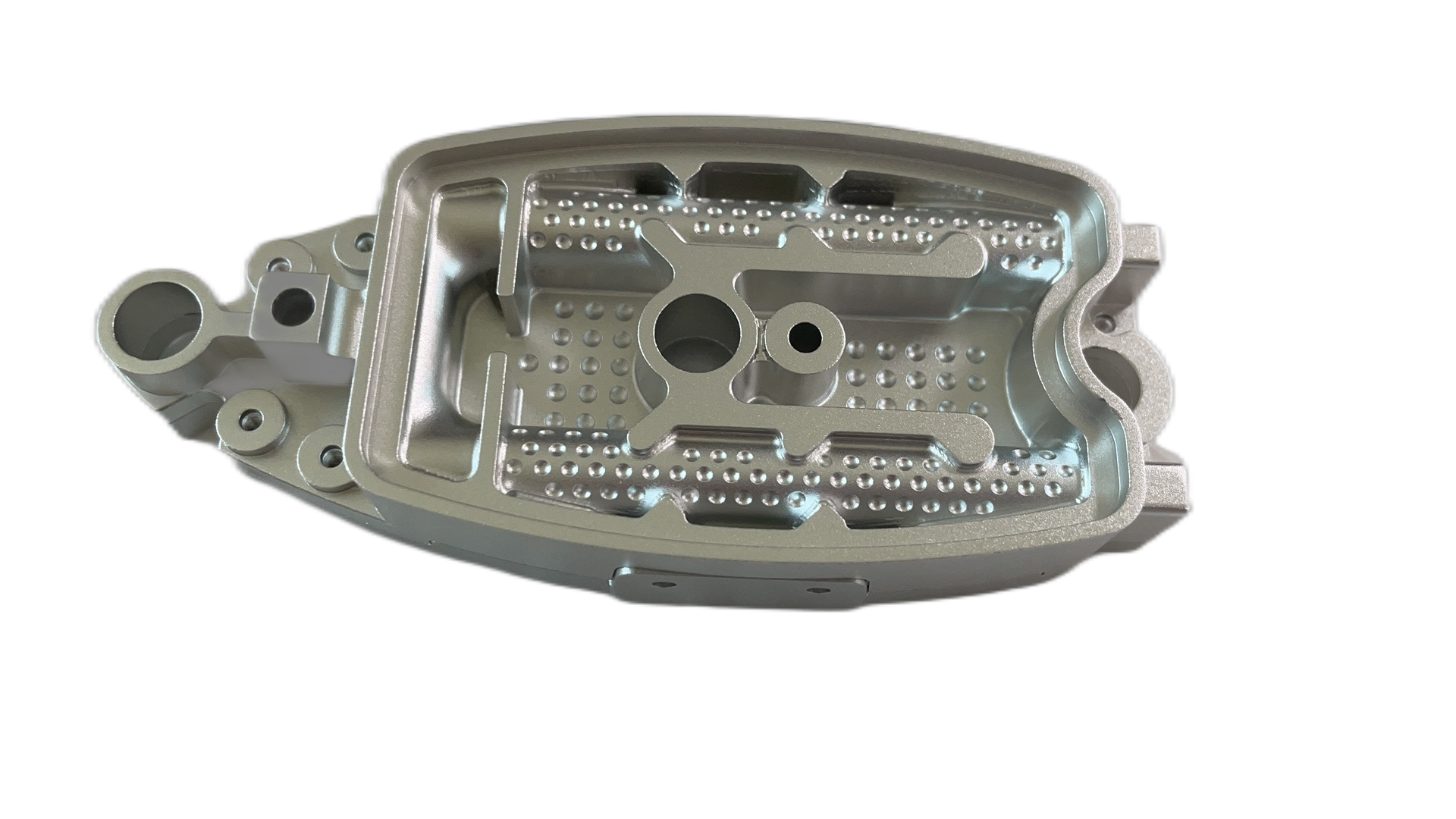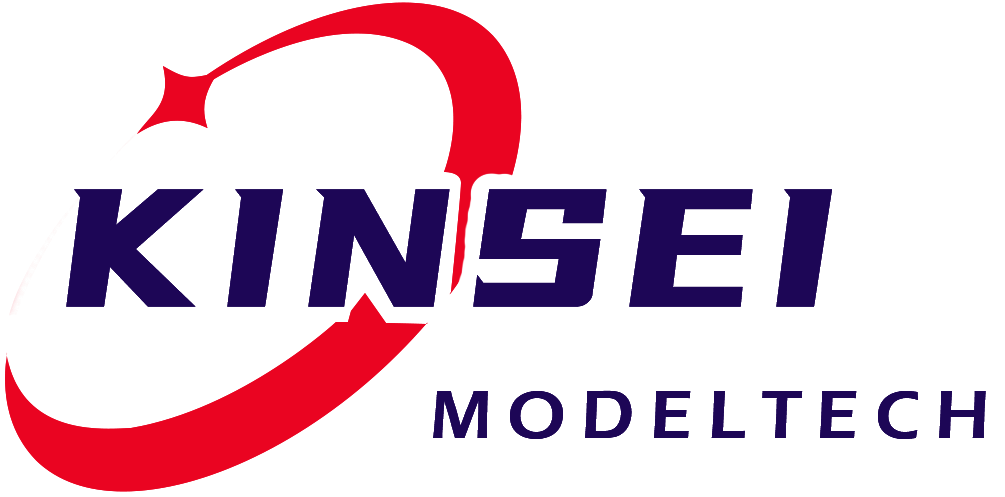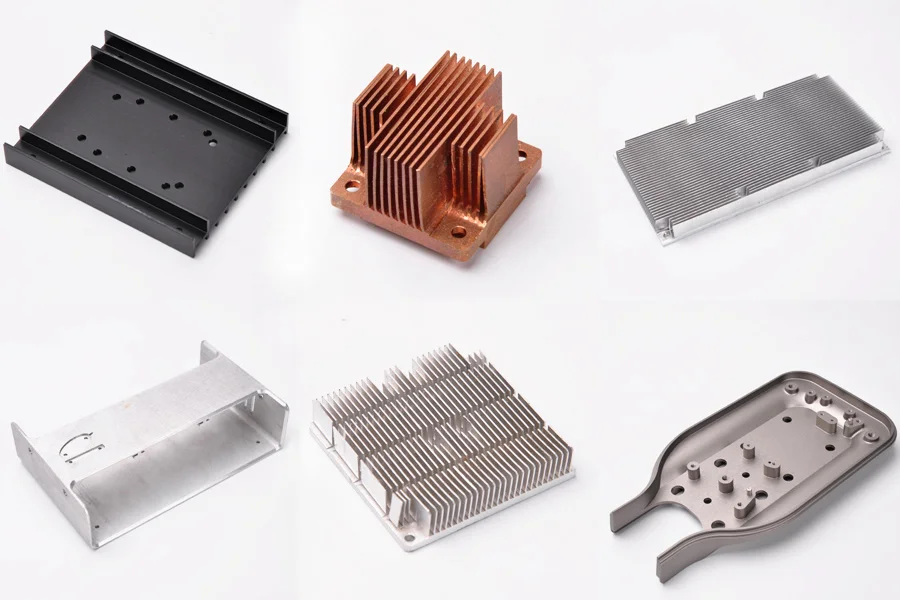What are the processing steps for sheet metal fabrication?
Material Selection: Depending on product needs and design requirements, select appropriate metal sheets such as stainless steel, aluminum alloys, copper, etc.
Design and Drawing: Convert product designs into concrete 2D or 3D graphics using CAD or other design software.
Cutting and ejection: Cut metal sheets to the required shape and size using equipment such as laser cutting machines, mechanical shears, and CNC punching machines.
Bending and Shaping: Cut metal sheets are bent to pre-set angles and shapes using bending machines.
Stamping: Metal material is stamped into the required shape using stamping machines.
Welding: Arc welding, gas welding, or other methods are used to connect multiple parts as a whole.
Surface treatment: Thermal spraying, plating, oxidation treatment, etc. are performed as needed to enhance the aesthetics and corrosion resistance of the product.
Quality inspection: Perform rigorous quality inspections of finished products to ensure that products meet design requirements and quality standards.
Packaging and transportation: Quality-assured products are packaged to prevent damage during transportation and delivered to the customer's designated location.
Sheet metal fabrication has a wide range of applications in machinery manufacturing, electronics and electrical equipment, the automotive industry, and architectural decoration. Sheet metal fabrication is used in these sectors to make a variety of parts, including shells for machinery and equipment, chassis for electronic products, and bodies and chassis for automobiles.

Related news
2025-12-10








 Inquiry Hotline:
Inquiry Hotline:


